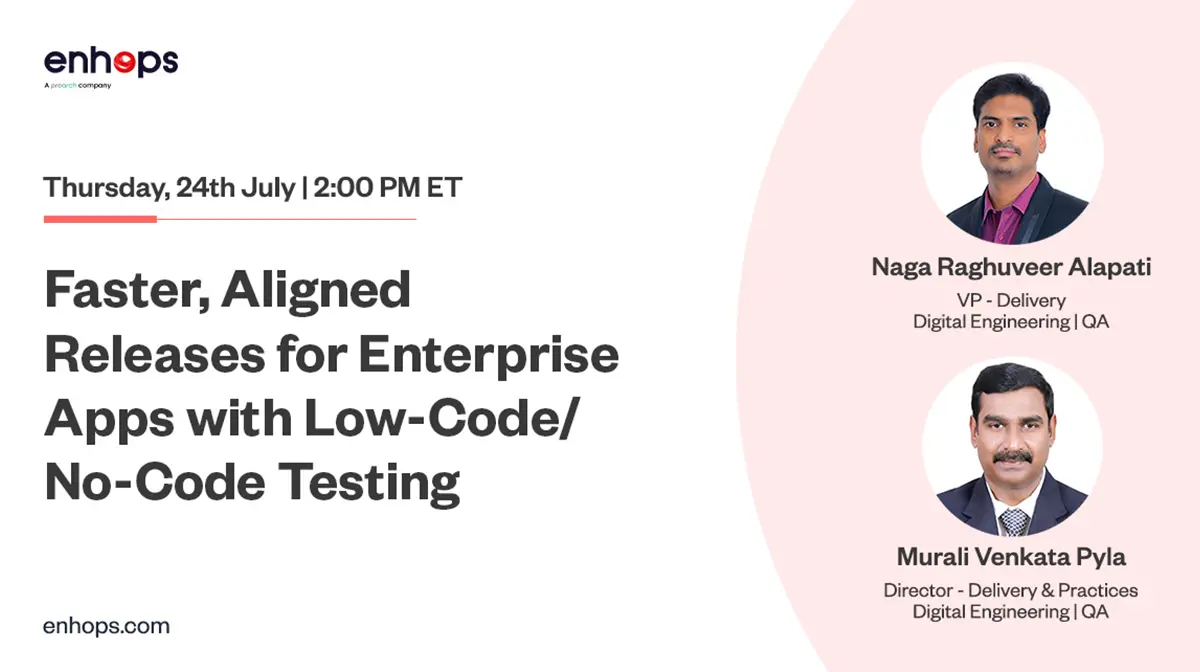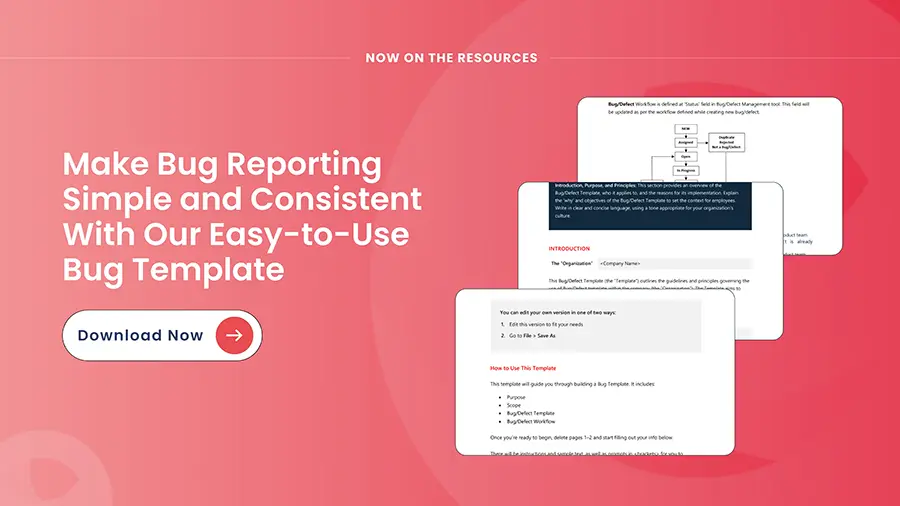eCommerce business is the most challenging industry. Their success and revenues depend on how fast their website loads, how smooth their check-outs and payment processes are, what locations they can cover and deliver (also reverse pick-ups), and how efficiently they can cater to the rising expectations of the customers. Summarizing their challenges in a few points –
- Successful releases of features without disturbing anything that is up and running
- Integration challenges like the seamless connection with third-party tools like shipping, analytics, payments, and internal systems
- Able to handle loads and stress under high-volume conditions
Digging a little deeper, the software runs the ecommerce industry; hence, businesses need software development practices that enable faster releases without compromising on quality. DevOps has been the hot favourite of most eCommerce sites for releasing faster and maintaining quality.
This applies to significant online marketplaces like Amazon, Etsy, and eBay.
Let’s check some real-time scenario to know why you should venture into a DevOps journey.
Scenario 1
A monolithic architecture and waterfall business model was becoming increasingly unwieldy among Etsy engineers. Challenges faced are
- File modifications regularly
- A lack of consistency in deployment
- Insecurities regarding deployment
- Delay in deployment
- Experiments, iterations, and reactions are less flexible
Etsy’s software development approach had to be dramatically changed for it to remain competitive. To address these issues, Etsy adopted DevOps best practices in 2009, and has embraced them ever since. Because Etsy eschews traditional software development approaches, it is often considered a poster child of DevOps.
Etsy has re-evaluated its decisions as a result of the evolution of technology. Etsy, for instance, switched from self-managed data centers to Google Cloud Platform (GCP) in 2018. Once that was done, Etsy deployed Kubernetes-based authentication tokens and container orchestration using Jenkins. The company was able to scale and optimize its web architecture while creating a more developer-centric experience.
Scenario 2
In 2020, eBay’s data centers broke records for availability and cost-effectiveness, leveraging circuit breakers, and feature flags.
However, it also had to deal with waterfall technical practices, years of legacy software, slow product delivery, and a challenging competitive environment in 2020. Their engineering velocity needs to catch up to industry leaders. For them, getting a bit faster will be required to turn this around and make engineering velocity a competitive advantage for the company. Then, DevOps Approach was adopted throughout the system, from build time through continuous integration to automated deployment, and pilot teams were hand-selected for close feedback loops to improve eBay’s ability to deliver value to customers.
Several unique characteristics are associated with each platform and features that make it challenging to customize. Using serverless technology can be more convenient for some clients since Shopify takes over server management. As a result, there is no silver bullet or predefined solution for online merchant businesses.
So let’s uncover DevOps best practices for e-commerce!
DevOps Best Practices for the eCommerce Industry
Continual integration and delivery
A progressive platform drives the speed and agility of a company’s business. Keeping up with the rapidly changing needs of customers is essential for staying afloat. It is critical to design CI/CD pipelines to allow customer feedback to be received, analysed, and applied to improve the product promptly.
A CI/CD pipeline provides many benefits, namely:
- It reduces bugs in production by running hundreds of automated tests in a few seconds. QA specialists are making product improvements.
- More frequent releases are possible.
- Development has continued in anticipation of the release.
- Automation is used for even the smallest of changes.
- The risk of something going wrong is reduced when small batches of changes are deployed. Consequently, developers are less stressed during the release process.
Automation of infrastructure
Using manual processes in the context of DevOps is incompatible with the principles of the DevOps method, leading to unexpected failures, losing money, and negatively affecting customer loyalty.
The benefits of an intelligent approach to infrastructure automation include the following:
- Changes can be made quickly – within a few seconds- and implemented automatically.
- Modernizing your infrastructure allows you to accelerate your business.
- Analyse data for improvements and see how your eCommerce project performs using measurable results.
- Maintaining an efficient time management system for development teams. IT departments can spend more time improving the system rather than keeping it as a result of automated infrastructure.
- There is a reduction in human error.
- Reduce infrastructure and maintenance costs.
- Automating and implementing DevOps in eCommerce should be aimed at ensuring a stable and consistent build process. There are better approaches than attempting to automate everything.
eCommerce security
It is essential for online stores to store, process, and protect client data from providing quality service to their customers. Also, companies that keep customer and banking information must build infrastructure compliant with GDPR. As a result, DevOps practices promote security from the start.
To design a secure online merchant project, consider these points:
- Automated configuration and updating of the servers are essential.
- Regular backups should be performed.
- Ensure that SSL and TLS are configured correctly.
- Access to the resources is restricted based on role designation.
- It is mandatory to encrypt sensitive data (like bank details).
- Hardened SSH configurations.
- Isolate each application.
- Keep infrastructure and application logs safe.
- SAST checks the code’s vulnerability regularly.
- Attacks by DDoS are appropriately handled.
- It is necessary to implement a two-factor authentication policy.
Alerts and Monitoring
Analytics tools are needed by IT staff to measure the performance and quality of the website. Availability, functionality, and speed are all factors that contribute to a positive user experience. Having monitoring and notification tools as part of a DevOps process is crucial for eCommerce businesses. By using these tools, you can:
- An alert is sent when a system-interfering event occurs. This is an effective means of eliminating issues before they hurt the service’s availability.
- Auto-scaling and load-balancing can only be accomplished with the assistance of monitoring tools.
- Automated decisions make it easier to predict traffic spikes and prepare infrastructure accordingly.
- Companies monitor metrics and logs to determine how infrastructure performance impacts end users. Monitoring and alerting is not only critical for tracking and analysing data but also for preventing customer problems.
Conclusion
Compared to any other industry, the eCommerce market is expected to grow dramatically and evolve rapidly.
Increasing competition has resulted in more demanding customers due to the availability of a wide range of options. Credibility can only be gained by providing high-quality, continuously improved online services.
In the modern world, slow development is no longer acceptable. Best practices in DevOps enable you to respond quickly to market demands, optimize IT maintenance costs, create scalable and flexible architectures, and improve team collaboration.
Please feel free to contact our experts with any questions you may have regarding DevOps. As a company, we specialize in providing DevOps services to small and large businesses.




